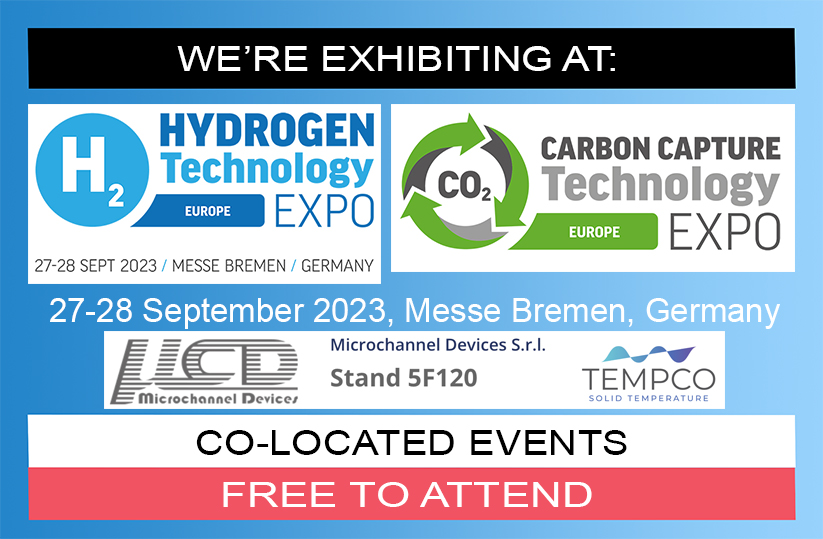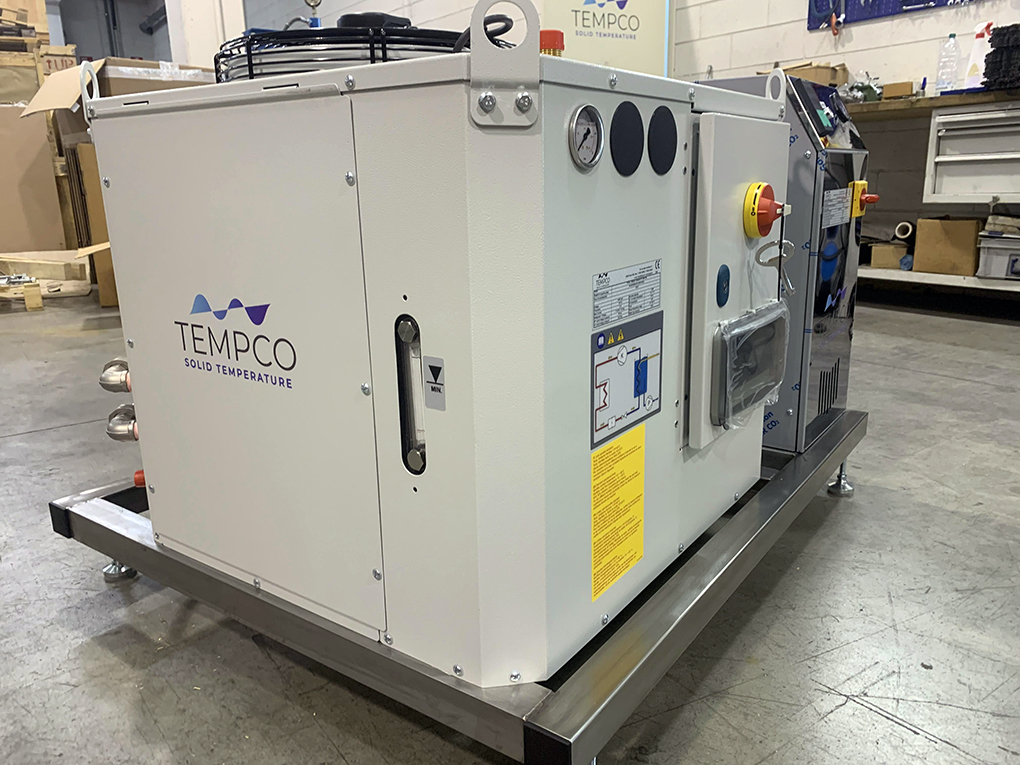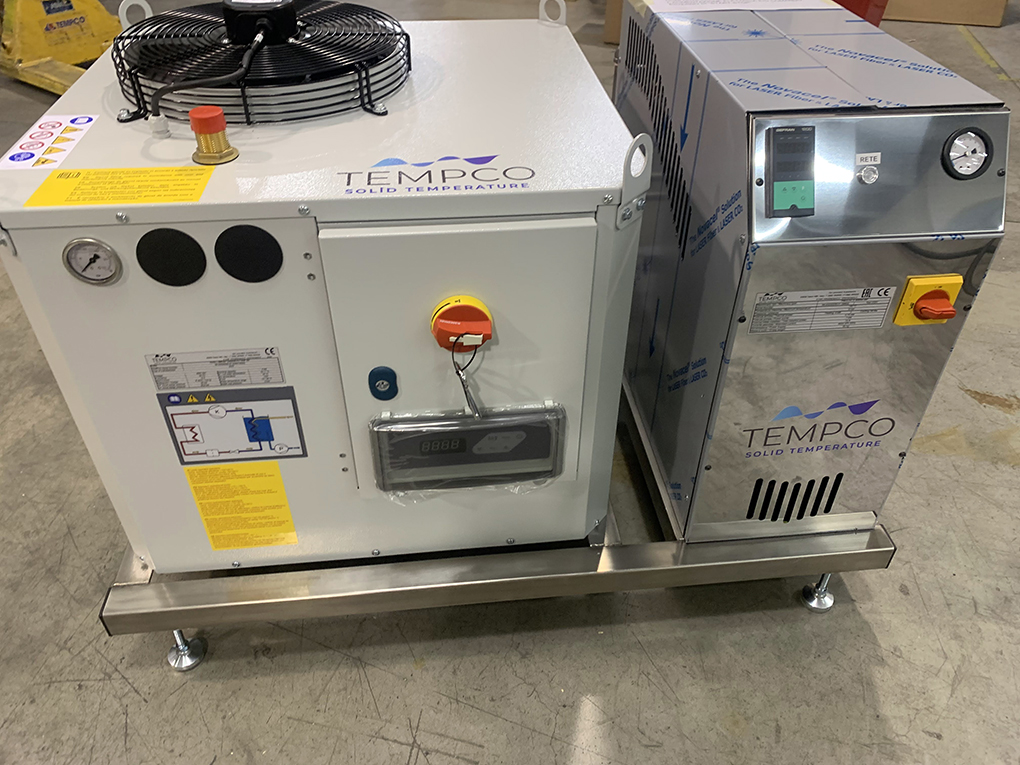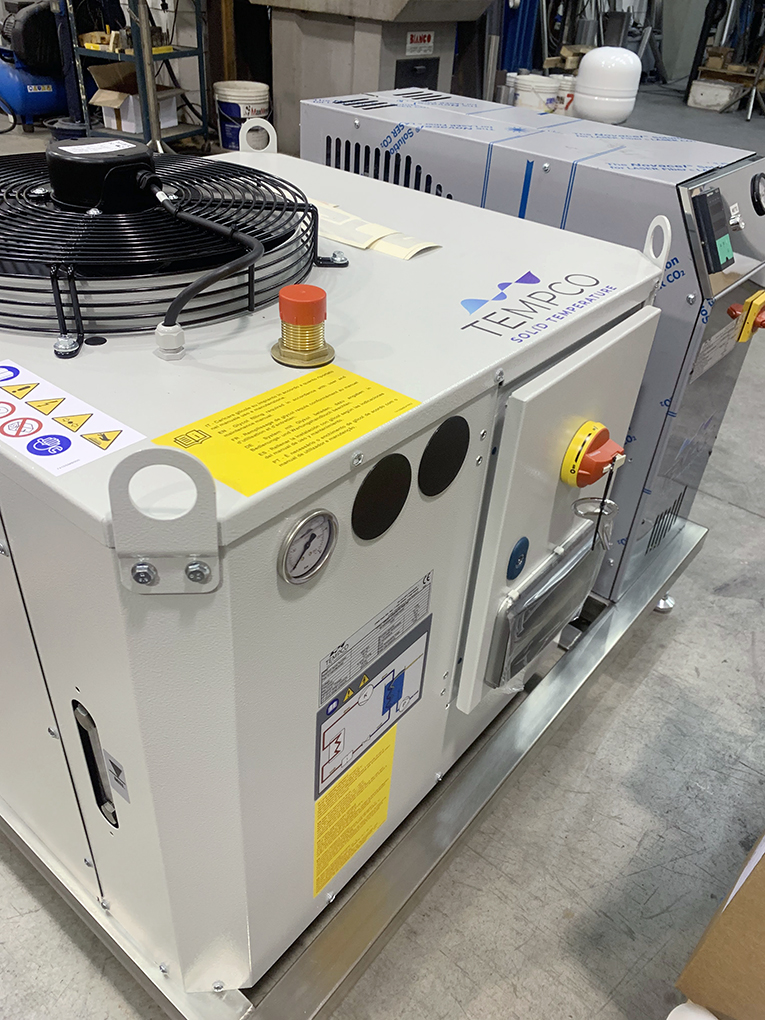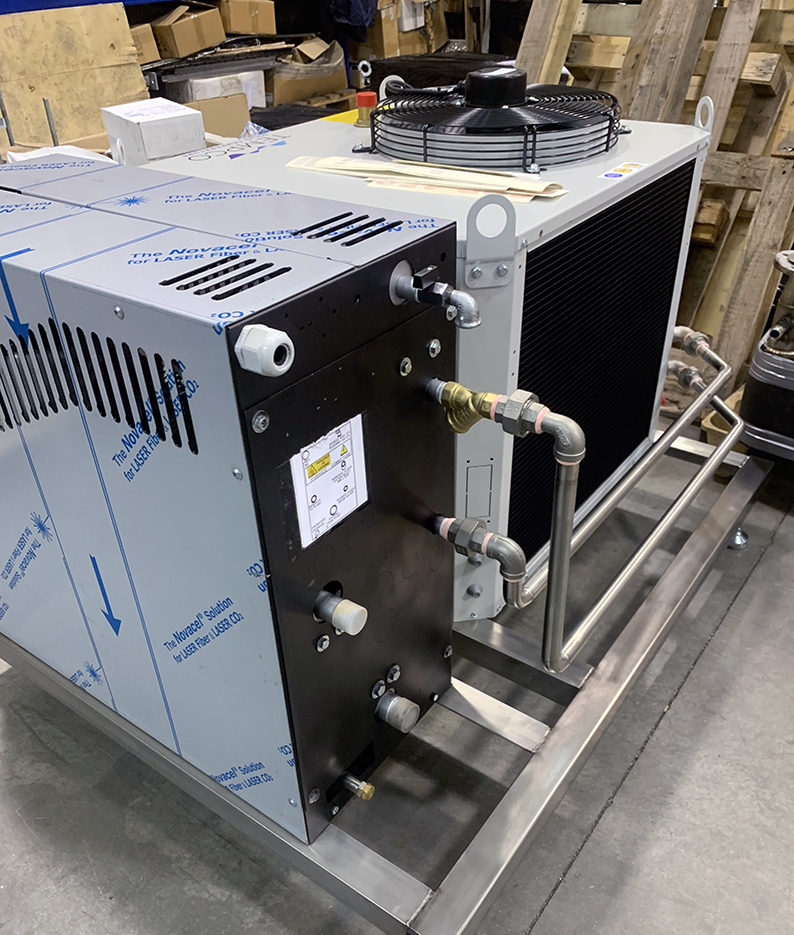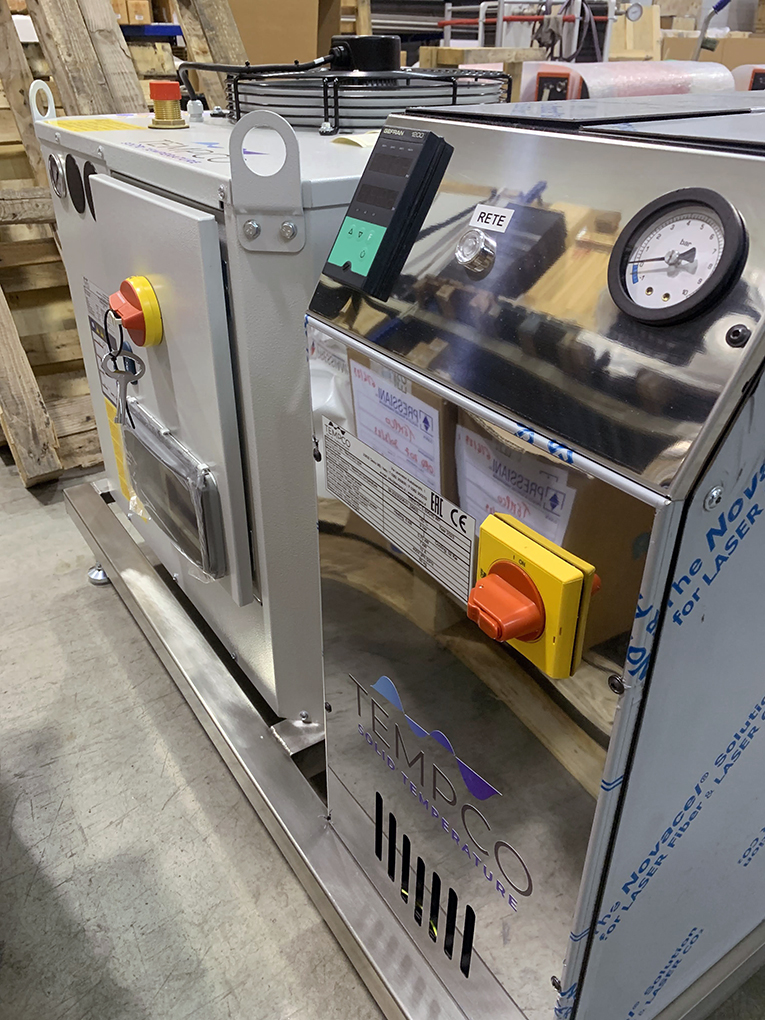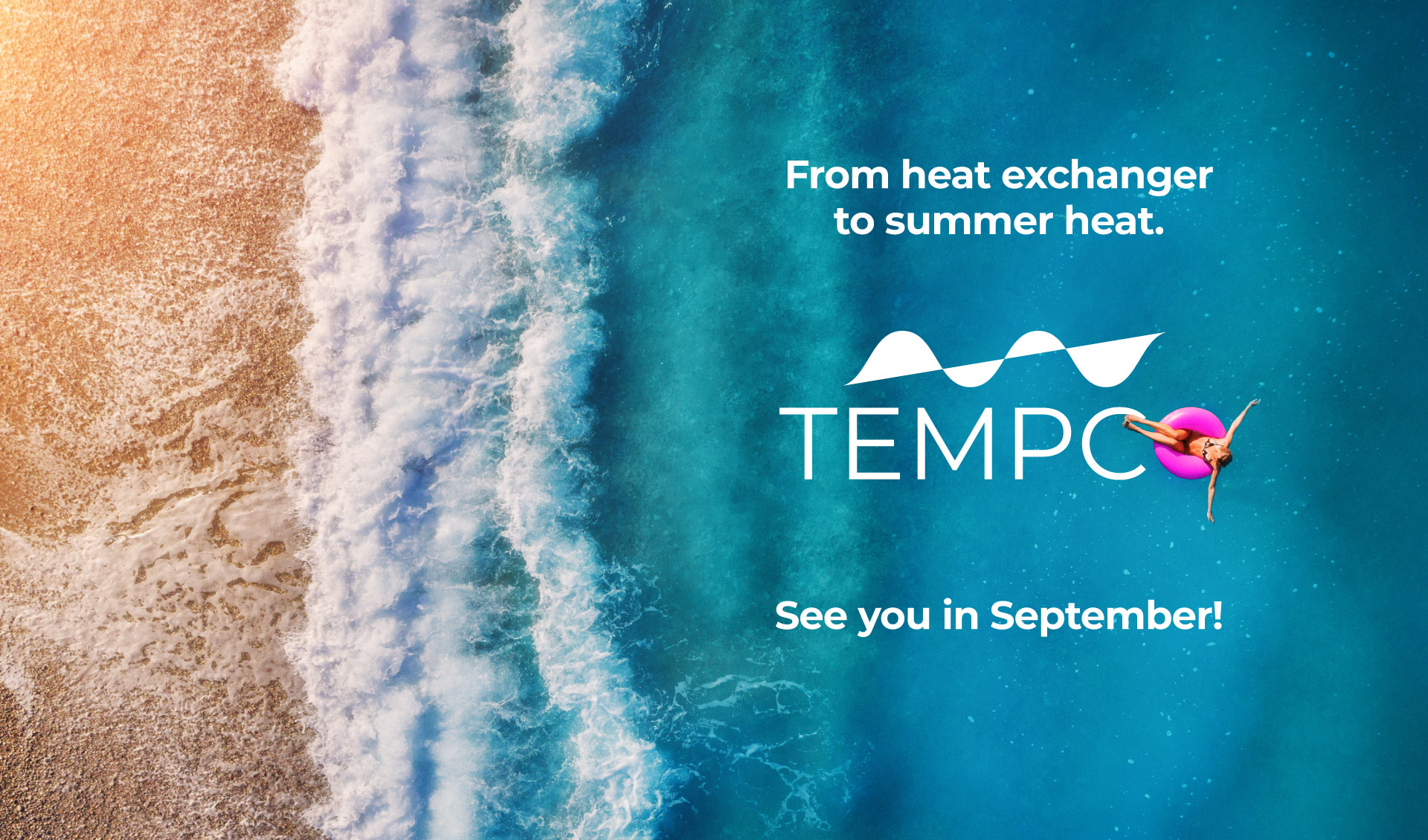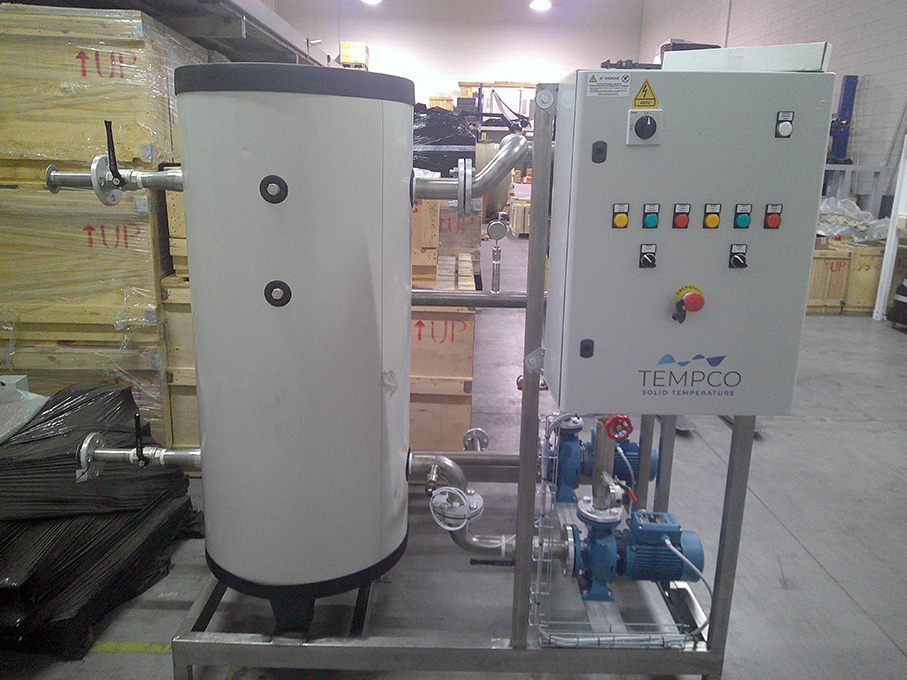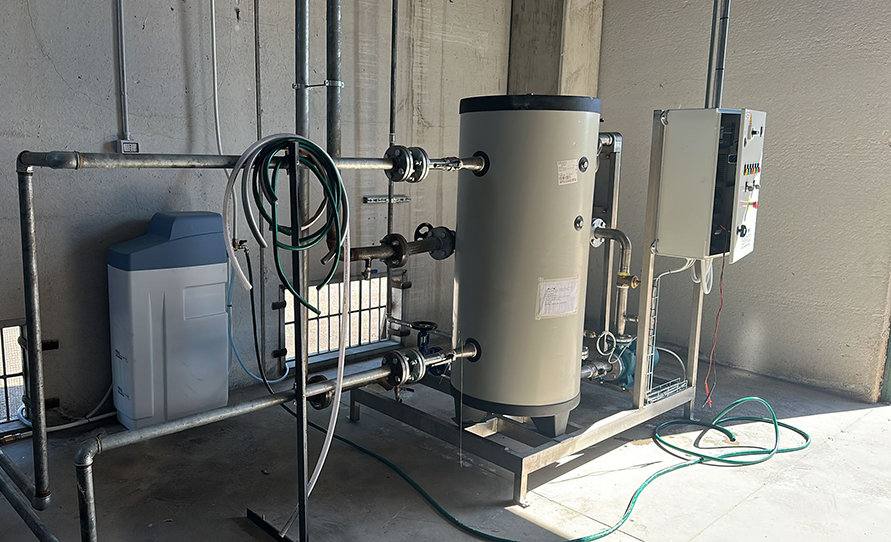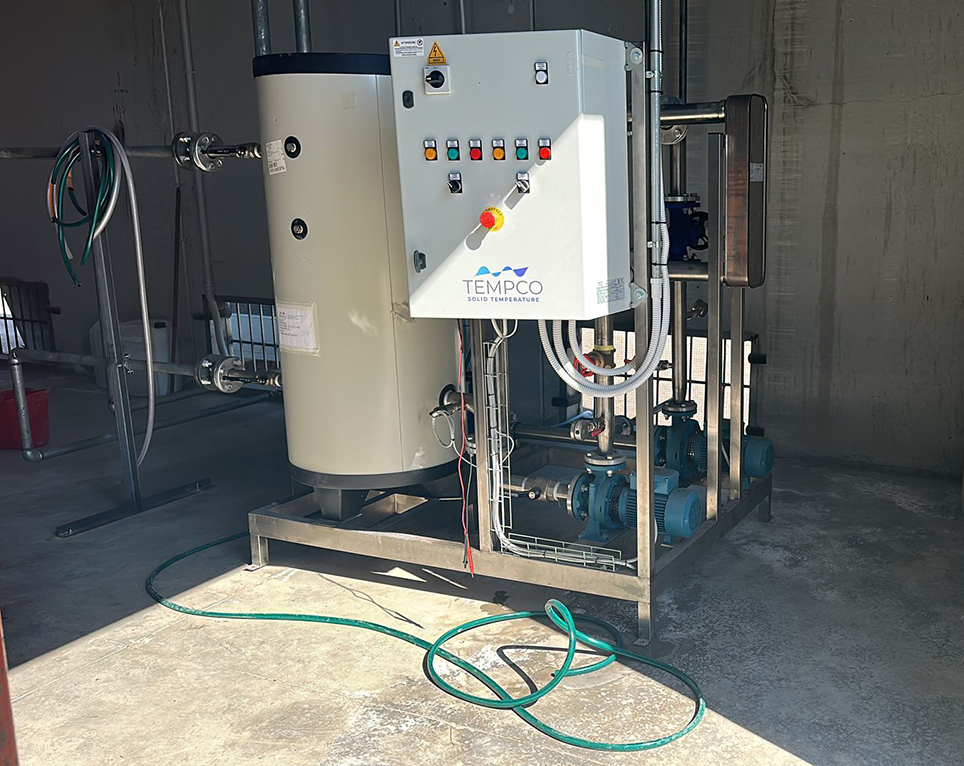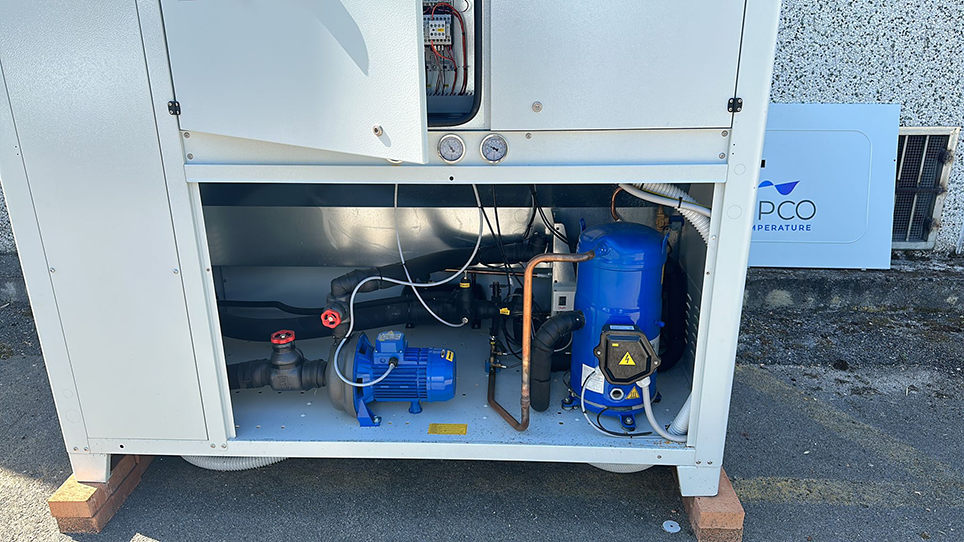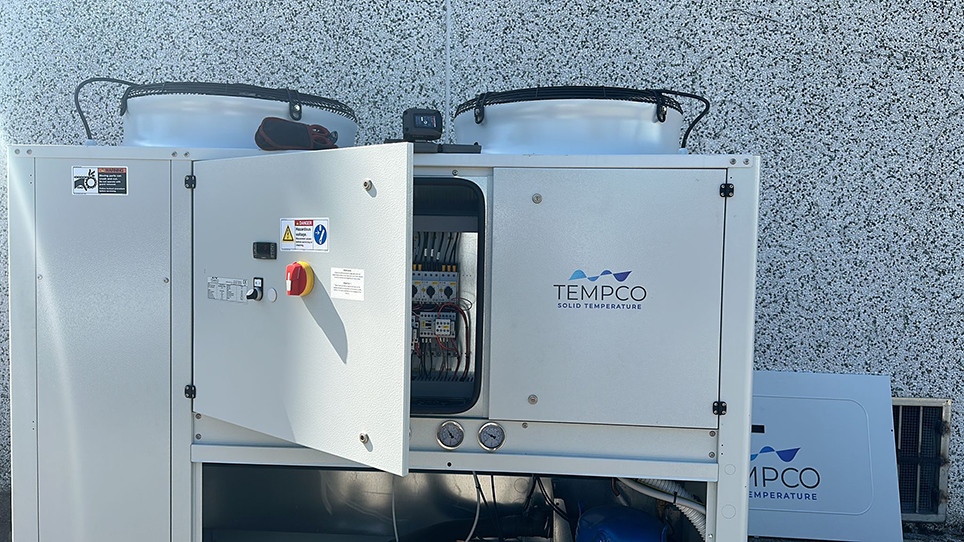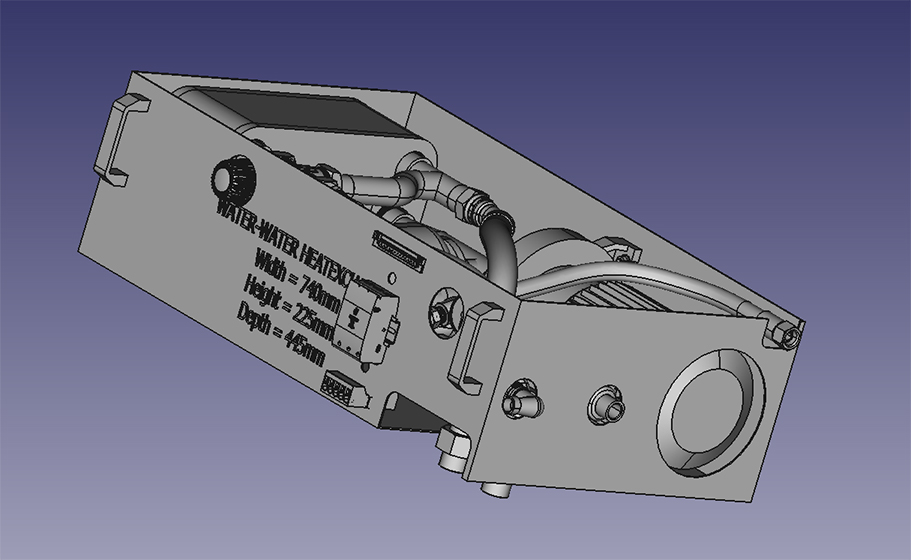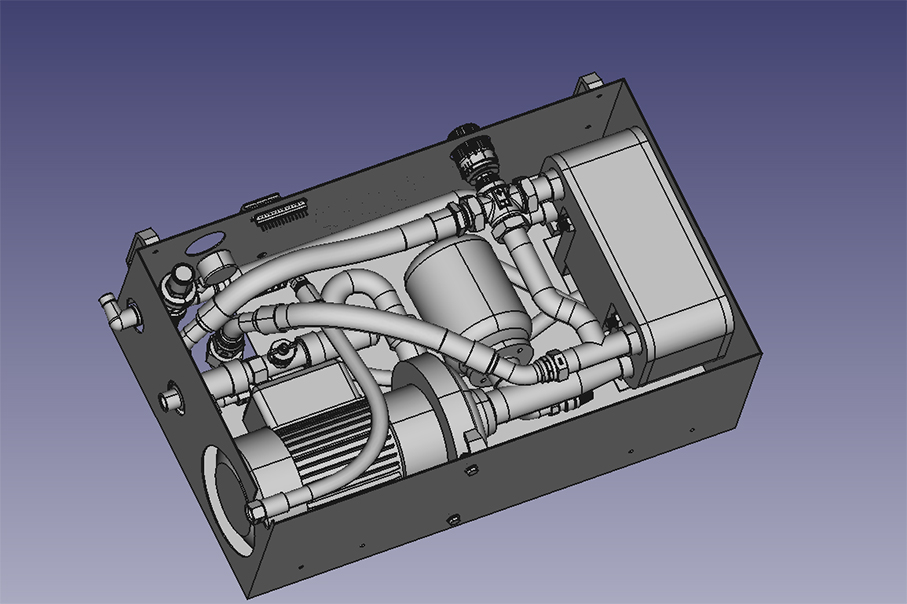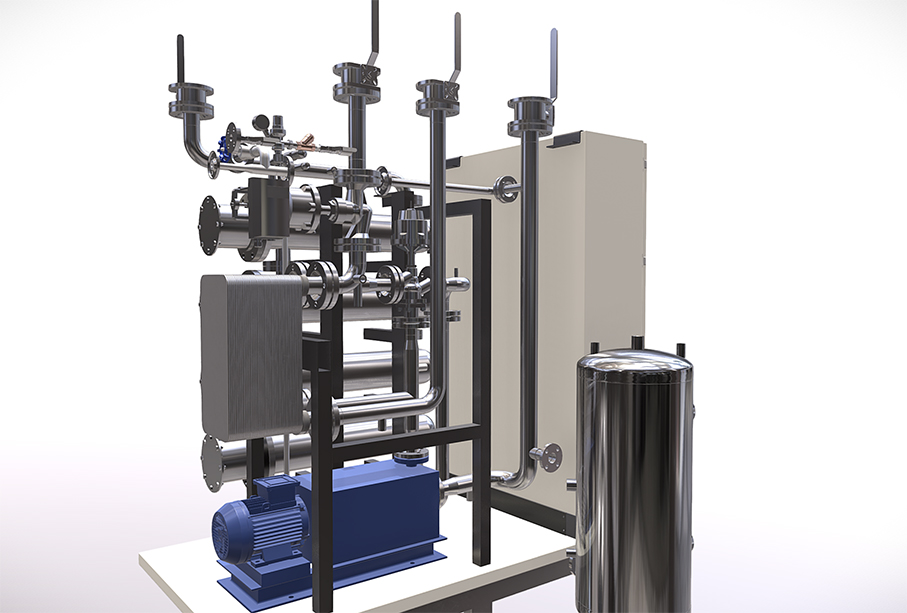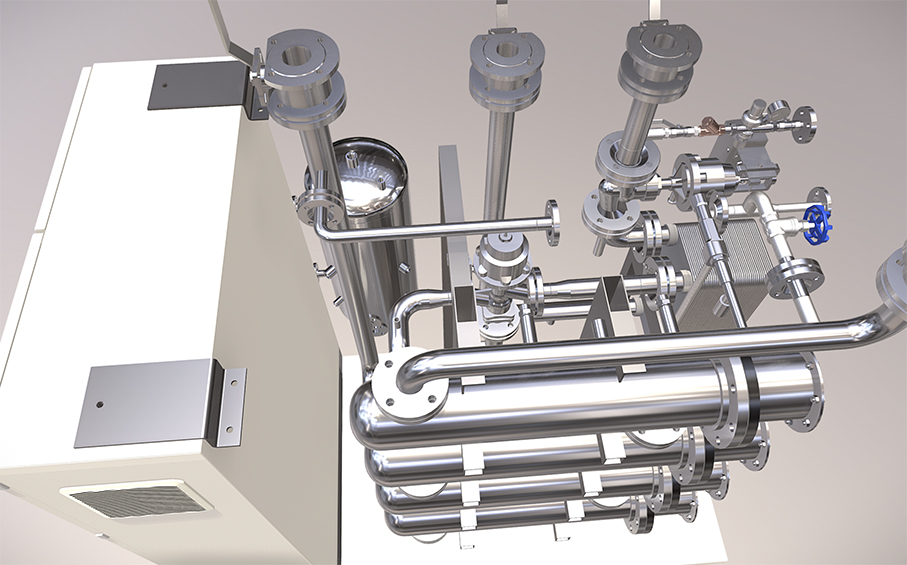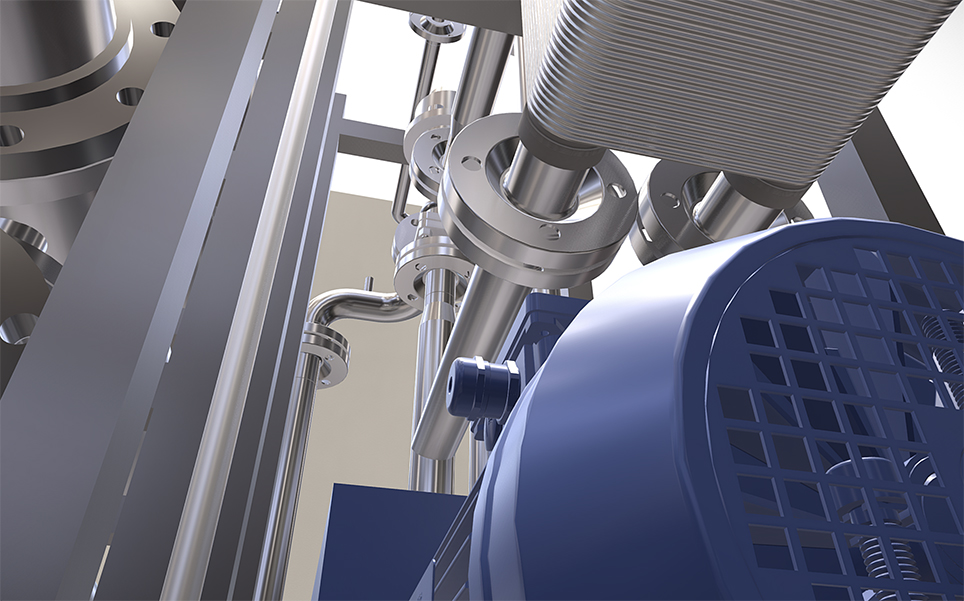Tempco welcomes with great favour the reassurances that are coming from the UK regarding activities and installations within the Great Britain market thanks to the indefinite CE marking recognition beyond 2024 deadline just announced by the UK Department for Business & Trade (DBT).
Starting with December 2024, and following Brexit, in fact the CE marking should have been replaced by the UKCA (UK Conformity Assessed), product marking used for products being placed on the market in Great Britain. Therefore, it will now be possible for firms to continue using the CE marking alongside UKCA.
The indefinite extension of the use of CE marking applies to 18 regulations owned by DBT, including machinery, pressure equipment, equipment for potentially explosive atmospheres (ATEX) – and therefore also thermoregulating units, heat exchangers and thermal energy management solutions -, measuring instruments and electromagnetic compatibility.
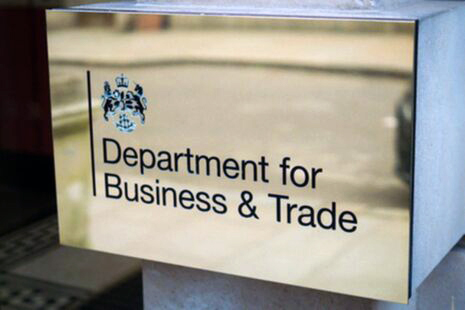
The decision came as part of a wider package of smarter regulations designed to ease business burdens and help grow the economy by cutting barriers and red tape, lowering business costs and time required to place products on the market and benefiting consumers.
“The Government is tackling red tape, cutting burdens for business, and creating certainty for firms – said Kevin Hollinrake, UK’s Business Minister -. We have listened to industry, and we are taking action to deliver. By extending CE marking use across the UK, firms can focus their time and money on creating jobs and growing the economy”.

